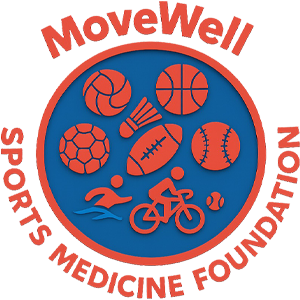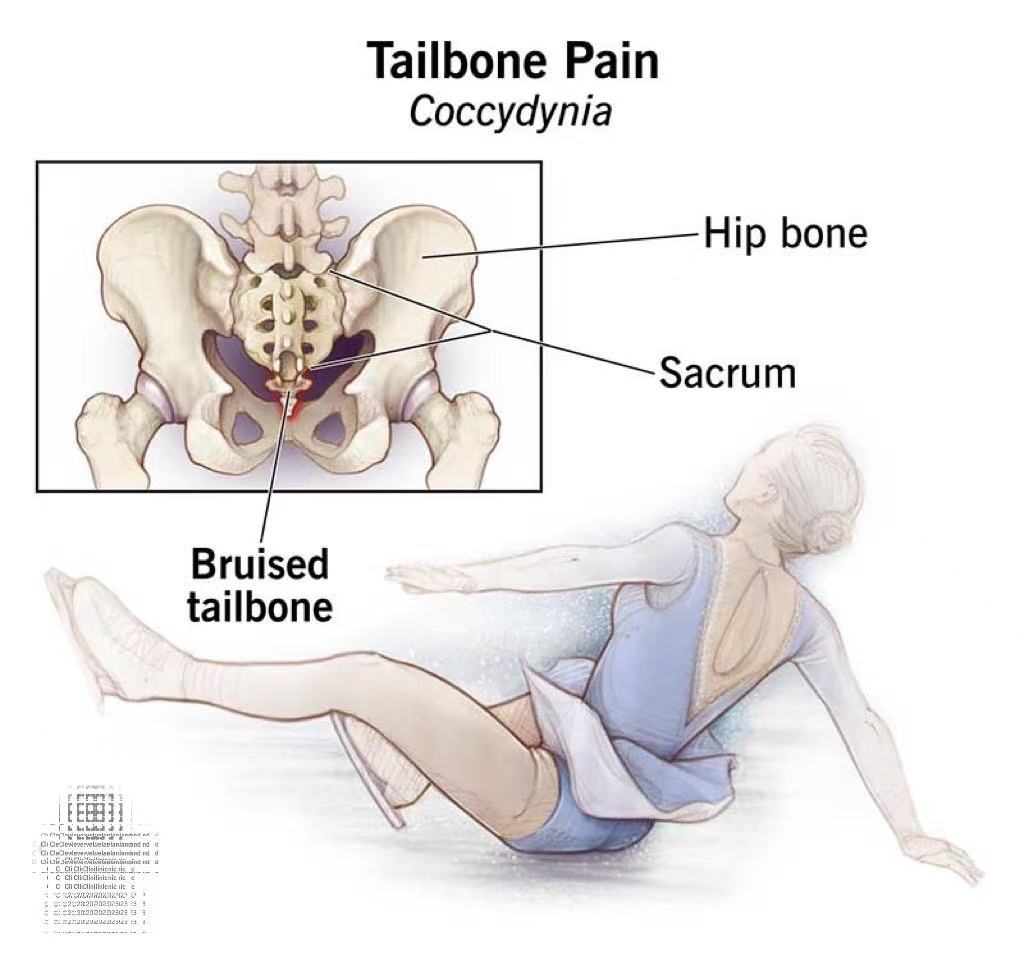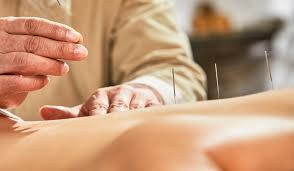Osteochondral lesions of the talus present a significant clinical challenge, particularly in active individuals and athletes. When conservative measures fail and traditional surgical options prove inadequate, autologous rib cartilage transplantation (ARCT) has emerged as an innovative biological approach for repairing these challenging defects. This technique offers several distinct advantages that address the limitations of conventional treatments.
The ARCT procedure begins with harvesting costal cartilage, typically from the sixth or seventh rib, while carefully preserving the perichondrium. The harvested cartilage is then meticulously sculpted to precisely match the dimensions of the talar defect before being secured in place. This method's key advantage lies in the rib cartilage's unique properties - its biomechanical characteristics closely resemble those of native talar cartilage, providing superior structural support compared to fibrocartilage formed after microfracture procedures.
Clinical outcomes have demonstrated the effectiveness of this approach. Recent studies report significant improvements in pain scores, with average VAS reductions from 7.2 to 2.1 postoperatively, and functional recovery evidenced by AOFAS score increases from 52 to 86. Perhaps most importantly for athletic populations, the technique facilitates a relatively rapid return to sports, typically within 6-9 months, while maintaining graft survival rates of 85-90% at mid-term follow-up.
The rehabilitation protocol following ARCT follows a structured, phased approach. Initial immobilization allows for proper graft incorporation, followed by progressive weight-bearing and proprioceptive training. This careful progression ensures optimal healing while gradually restoring function and preparing patients for eventual return to athletic activities.
Despite its advantages, the technique presents certain challenges. The procedure is technically demanding, requiring precise graft shaping and fixation skills. Additionally, while donor site morbidity is generally minimal, potential complications such as pneumothorax or scar sensitivity must be considered. Current research continues to evaluate the long-term durability of these repairs, with ongoing studies investigating outcomes beyond five years post-operation.
For complex talar lesions, particularly those larger than 1.5 cm² or those that have failed previous treatments, autologous rib cartilage transplantation represents a promising biological solution. Its ability to provide hyaline-like repair tissue while minimizing donor site morbidity makes it an increasingly valuable option in the orthopedic surgeon's armamentarium.
References:
Yoon HS, et al. (2022). Clinical outcomes of autologous rib cartilage transplantation for talar osteochondral lesions. Foot & Ankle International, 43(5), 612-620.
Shimozono Y, et al. (2021). Comparative analysis of rib cartilage versus traditional grafts for talar osteochondral defects. Journal of Orthopaedic Research, 39(8), 1723-1731.




